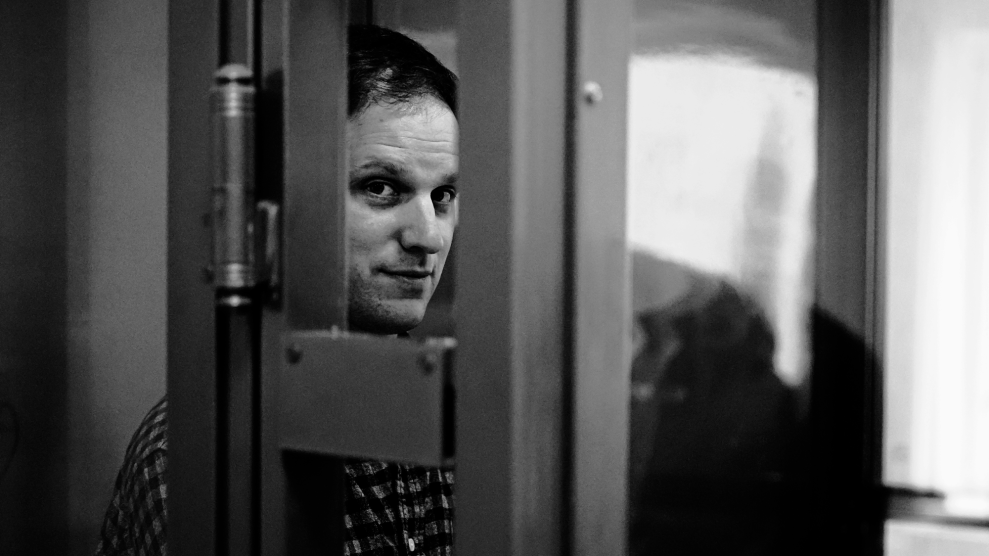
In 1907, an 18-year-old watercolorist named Adolf Hitler applied to and was rejected by Vienna’s prestigious Academy of Fine Arts. The rebuff only fueled his obsession with art and may help explain why, years later, the Third Reich would systematically steal one-fifth of Europe’s artistic treasures.
The Rape of Europa, based on Lynn H. Nicholas’ 1995 book of the same name, is a powerful exposé of the greatest art theft in history. The Nazis lifted 650,000 pieces from Europe’s museums and private collections. Some were slated for Hitler’s Louvre-sized museum of Aryan artwork, while others were stashed in underground warehouses. But Hitler wasn’t just collecting masterpieces; thousands of works by “degenerate” artists, among them van Gogh and Matisse, were rounded up and sold or burned. Arbitrary designations—Kraków was “Slavic,” Warsaw was “Germanic”—dictated what was looted, left behind, or destroyed.
While private citizens, particularly Jews, could do little to save their collections, some museums went to elaborate lengths to protect their treasures. By the time the Germans reached Paris, the halls of the Louvre were lined with empty frames. Nearly everything, including the massive Winged Victory of Samothrace, had been shipped to country estates; the Mona Lisa escaped in a humidity-controlled ambulance, swathed in red satin. As the Nazis’ defeat became inevitable, vitriol outweighed aesthetic sensibility. Retreating German armies dynamited medieval bridges and decapitated statuary before American “Monuments Men” could rescue them.
Even today, hundreds of stolen pieces “donated” to museums remain hotly contested. A few have been returned to their original estates, such as a Klimt portrait of Adele Bloch-Bauer that recently sold for $135 million. But thousands of artworks have never reappeared and are now remembered only by their grainy photographs in Nazi catalogs.












